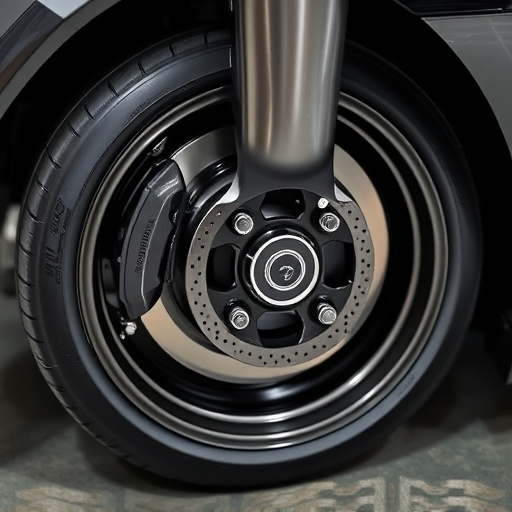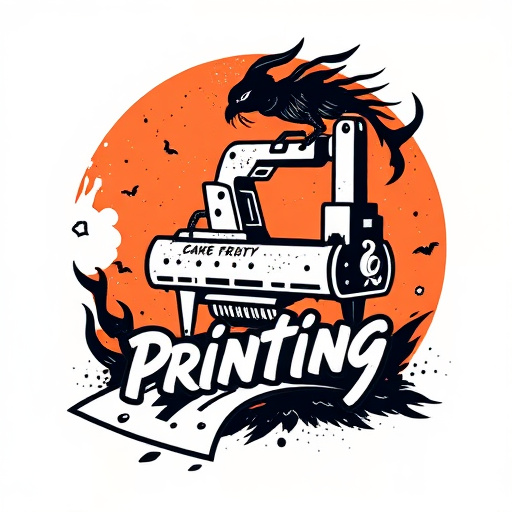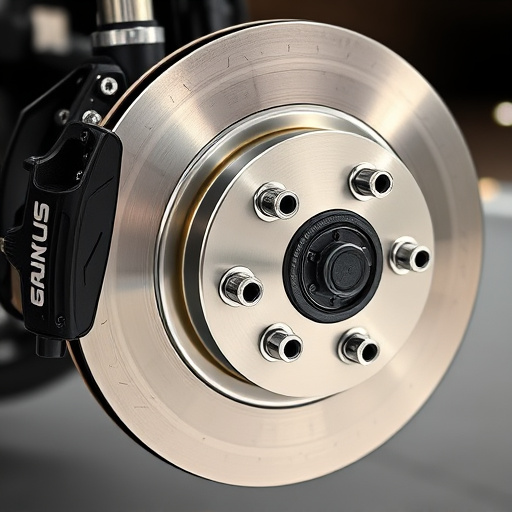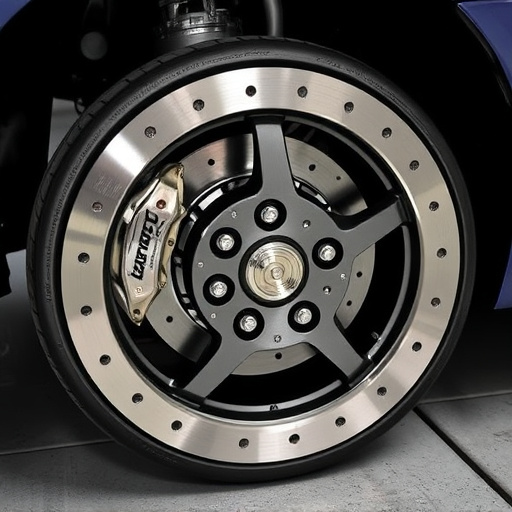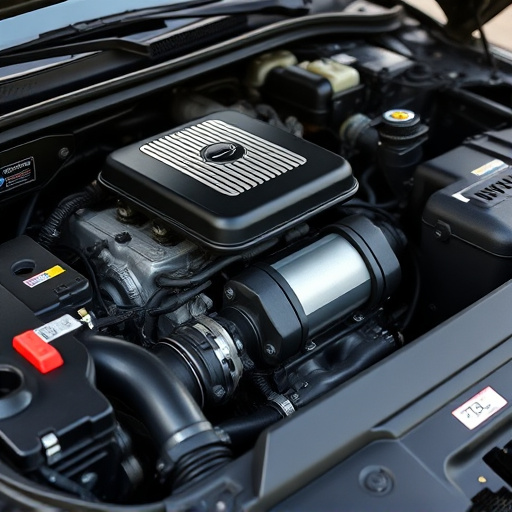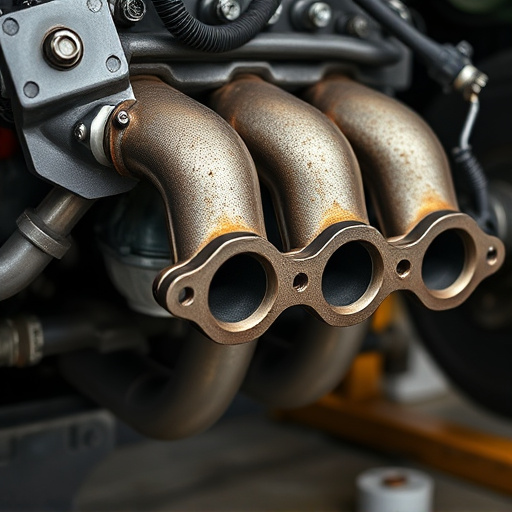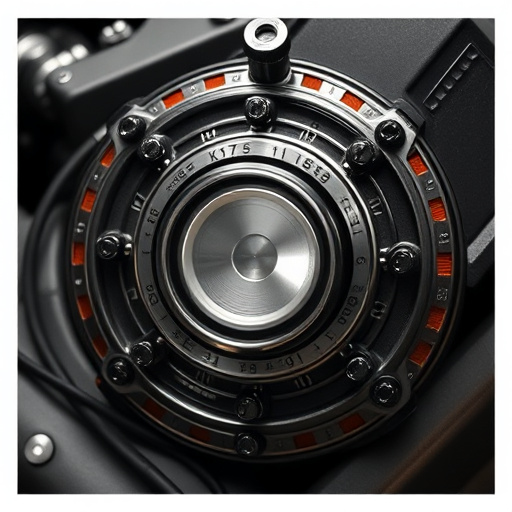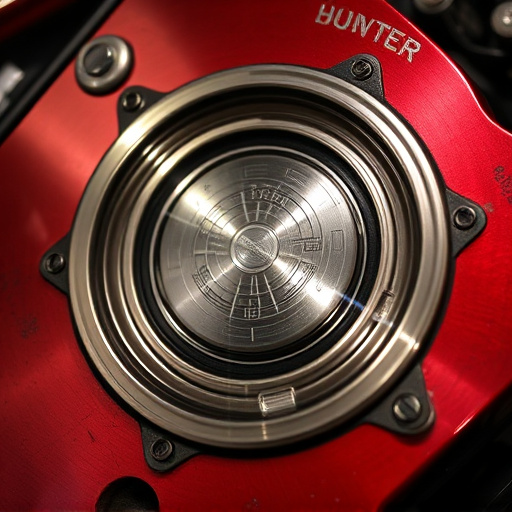Installing an aftermarket dual exhaust system requires thorough research into a vehicle's unique make, model, and specifications for compatibility. Gather necessary tools and materials, prepare a secure workspace, and follow manufacturer instructions for installation. Consider upgrades like coilover kits and muffler tips for optimal performance and sound customization. Ensure proper connections and secure bolting to prevent leaks and vibrations.
Looking to enhance your vehicle’s performance with a powerful aftermarket dual exhaust system? This comprehensive guide is your go-to resource. We’ll walk you through understanding your vehicle’s specific requirements and selecting the right dual exhaust system, detailing the essential preparation and tools needed for installation. Then, follow our step-by-step instructions for a successful DIY transformation or professional-level upgrade.
- Understanding Your Vehicle and Aftermarket Dual Exhaust Systems
- Preparation and Tools Required for Installation
- Step-by-Step Guide to Installing an Aftermarket Dual Exhaust System
Understanding Your Vehicle and Aftermarket Dual Exhaust Systems
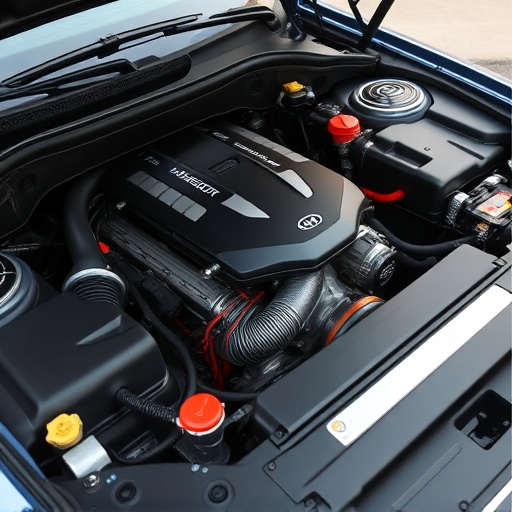
Installing an aftermarket dual exhaust system requires a solid understanding of your vehicle’s make and model, as well as the specific requirements and constraints of such an upgrade. Every vehicle is unique, with varying engine layouts, frame designs, and brake components, which can significantly impact how you install a dual exhaust system. Researching your vehicle’s specifications beforehand ensures compatibility and facilitates a smoother installation process.
Aftermarket dual exhaust systems offer numerous benefits, from improved performance to enhanced sound, but they must be tailored to your specific needs. Consider factors like coilover kits for precise tuning and muffler tips for controlling noise levels. Understanding these components and how they interact with your vehicle will not only ensure a successful installation but also maximize the advantages of your new dual exhaust system.
Preparation and Tools Required for Installation
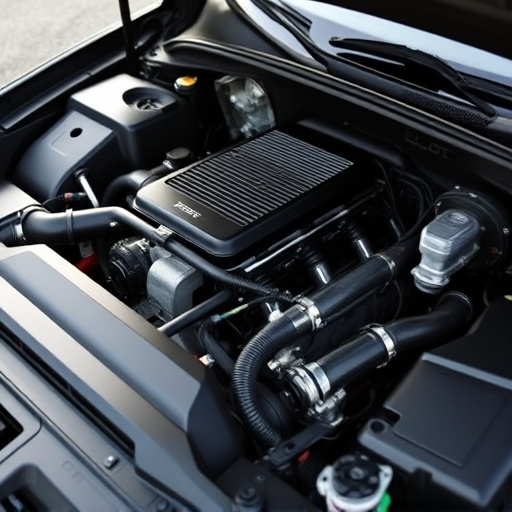
Before starting the installation process of an aftermarket dual exhaust system, ensure you have all the necessary tools and materials ready. This includes a jack, jack stands, wrenches (both open-end and socket), ratchets, sockets specific to your vehicle’s make and model, a torch for welding or removing rusted components, and protective gear like gloves and safety glasses. It’s crucial to gather these items in advance to avoid delays during the installation.
Additionally, clear a workspace around the vehicle, ensuring it’s secure and stable on jack stands. Remove any loose debris or objects that might obstruct your work area. Familiarize yourself with the dual exhaust system components, especially the muffler tips, as they are key elements that enhance performance brakes and overall exhaust system efficiency. Have a clean, organized approach to ensure a smooth installation process.
Step-by-Step Guide to Installing an Aftermarket Dual Exhaust System
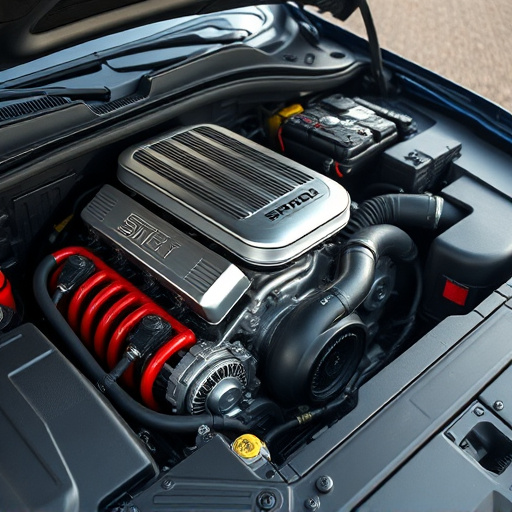
Installing an aftermarket dual exhaust system is a complex task that requires careful planning and execution. Begin by gathering all necessary tools and parts, including your new dual exhaust system, gaskets, bolts, and any other hardware specific to your vehicle model. Ensure proper clearance for the new exhaust system, especially around curves and other obstacles. Next, locate the stock exhaust pipes and begin disassembly by removing the old exhaust components, being mindful of any sensors or catconverters that need to be carefully detached.
Once the old exhaust is completely removed, install the new dual exhaust system following the manufacturer’s instructions. This typically involves attaching the headers or mid-pipes to the engine, securing the exhaust pipes using gaskets and bolts, and connecting the exhaust tips. For optimal performance, consider upgrading your brake components and coilover kits to handle the additional weight and potential changes in vehicle dynamics caused by the dual exhaust system. Always double-check connections and tighten bolts securely to prevent leaks or vibrations.
Installing an aftermarket dual exhaust system can significantly enhance your vehicle’s performance and sound. By understanding your vehicle’s specific requirements, gathering the necessary tools, and following a detailed step-by-step guide, you can successfully navigate this modification process. Remember, proper preparation is key to ensuring a smooth installation and optimal results with your new dual exhaust system.
